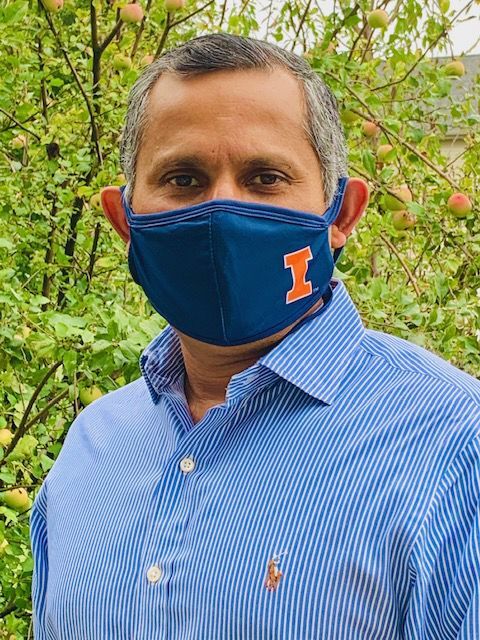

The eukaryotic cell cycle is controlled by a regulatory network, which proceeds through tightly regulated transitions to make sure that specific events occur in an orderly fashion. IntroductionĬell-cycle progression is a vital cellular process, subject to stringent control, as aberrant cell-cycle progression usually results in genome instability, contributing to cancer progression ( Robertson et al., 1990 Cho et al., 2001 Dyson, 1998 Frolov and Dyson, 2004 Sánchez and Dynlacht, 1996). Thus, we demonstrate the role of a S-phase up-regulated lncRNA in cell-cycle progression via modulating the expression of genes controlling cell proliferation. Finally, elevated SUNO1 levels are associated with poor cancer prognosis and tumorigenicity, implying its pro-survival role. SUNO1 facilitates the cell-cycle-specific transcription of WTIP, a positive regulator of YAP1, by promoting the co-activator, DDX5-mediated stabilization of RNA polymerase II on chromatin. Further, we demonstrate that an S-phase-upregulated lncRNA, SUNO1, facilitates cell-cycle progression by promoting YAP1-mediated gene expression. By performing genome-wide transcriptome analyses in cell-cycle-synchronized cells, we observed cell-cycle phase-specific induction of >2000 lncRNAs. In contrast to the wealth of knowledge of proteins controlling the cell cycle, very little is known about the molecular role of lncRNAs (long noncoding RNAs) in cell-cycle progression. Sanford Burnham Prebys Medical Discovery Institute, United States Ĭell cycle is a cellular process that is subject to stringent control.Division of Cancer University of Freiburg, German Cancer Consortium (DKTK), Germany.Molecular Genetics Section, Genetics Branch, Center for Cancer Research, National Cancer Institute, United States.Center for Cancer Research National Cancer Institute, United States.Department of Pediatrics, University of Minnesota, United States.Division of RNA Biology and Cancer, German Cancer Research Center (DKFZ), Germany.LGC Biosearch Technologies, United States.Department of Biological Sciences and Center for Systems Biology, The University of Texas at Dallas, United States.Regulatory RNAs and Cancer Section, Genetics Branch, Center for Cancer Research, National Cancer Institute, United States.Department of BioHealth Informatics, School of Informatics and Computing, IUPUI, United States.Department of Cell and Developmental Biology, Cancer center at Illinois, University of Illinois at Urbana-Champaign, United States.


 0 kommentar(er)
0 kommentar(er)
